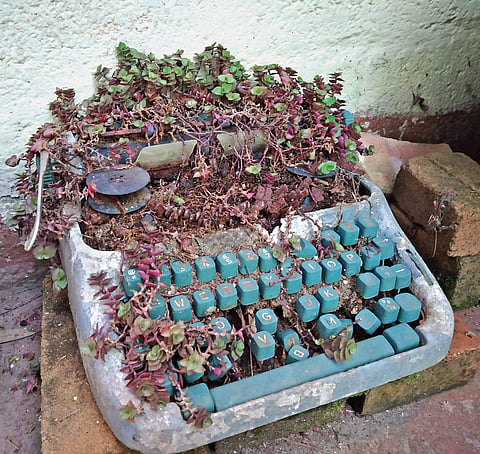

CHENNAI : Gardening and zen have had a long association. Zen monks created garden spaces as aids to meditation and regarded the act of designing gardens itself as practice of zen. These gardens embody naturalness, simplicity and minimalism — things that give them that distinct meditative quality. A quintessential zen garden is one with rocks, raked sand and a lot of empty space. But zen can be brought to any garden space, even to your urban balconies and desks, by understanding some of its sensibilities.
Gardener as collaborator
A zen gardener sees himself not as the master of the garden but a collaborator. She does not force her vision upon the garden but trusts the garden itself to contain the seeds of a vision. For example, if she finds tree branches intruding into her balcony, she is likely to use it as inspiration to build around, rather than chopping the branches out.
Controlled accidents
With this attitude, a zen gardener considers unexpected or spontaneous ‘accidents’ not as nuisances but gifts. For example, a crack on your balcony wall could be celebrated by training a climber to grow along it. Monsoon moss growing uninvited on your parapet can be harvested and spread over pots, embracing seasonality.
This does not mean that you do not clean, prune, exercise no control. You act in the spirit of what the philosopher Alan Watts calls ‘controlled accident’, where such serendipitous ‘accidents’ feed the imagination of the gardener. This lends a zen garden the mystique of nature and calmness of order.
A seasoned zen gardener would search for rocks that appear as if they ‘grew’ out of his garden. In fact, much about a zen garden — benches, walkways, gates — appears as if it grew out of it. Often they bear marks of age like discolouration, verdure, and have a sense of continuity with the rest of the garden. The same principle could be applied to curating things for your modern garden, like distressed terracotta pots, broken shards, aged artefacts from the attic — things that blur boundaries between natural and man-made.
Zen terrariums
These sensibilities can be applied even to terrariums and miniature gardens, bringing zen to tiniest corners. A zen terrarium would not literally imitate a landscape but create a feeling suggestive of it. A simple rock and sand arrangement can suggest a beach, rather than literally imitating it with blue-coloured sand for water and miniature beach paraphernalia.
Similarly, a tall, broken bark flanked by tiny succulents can bring to mind a hillscape. The idea is to keep it simple — use few elements, have a single focal point for the eyes to rest, and enough empty space around for the mind to rest.Just as a good haiku (zen poem) refrains from using literary flourishes, zen gardens avoid elaborate adornments. After all, zen is less about more and more about less.
(The author is co-founder of greenopia.co)